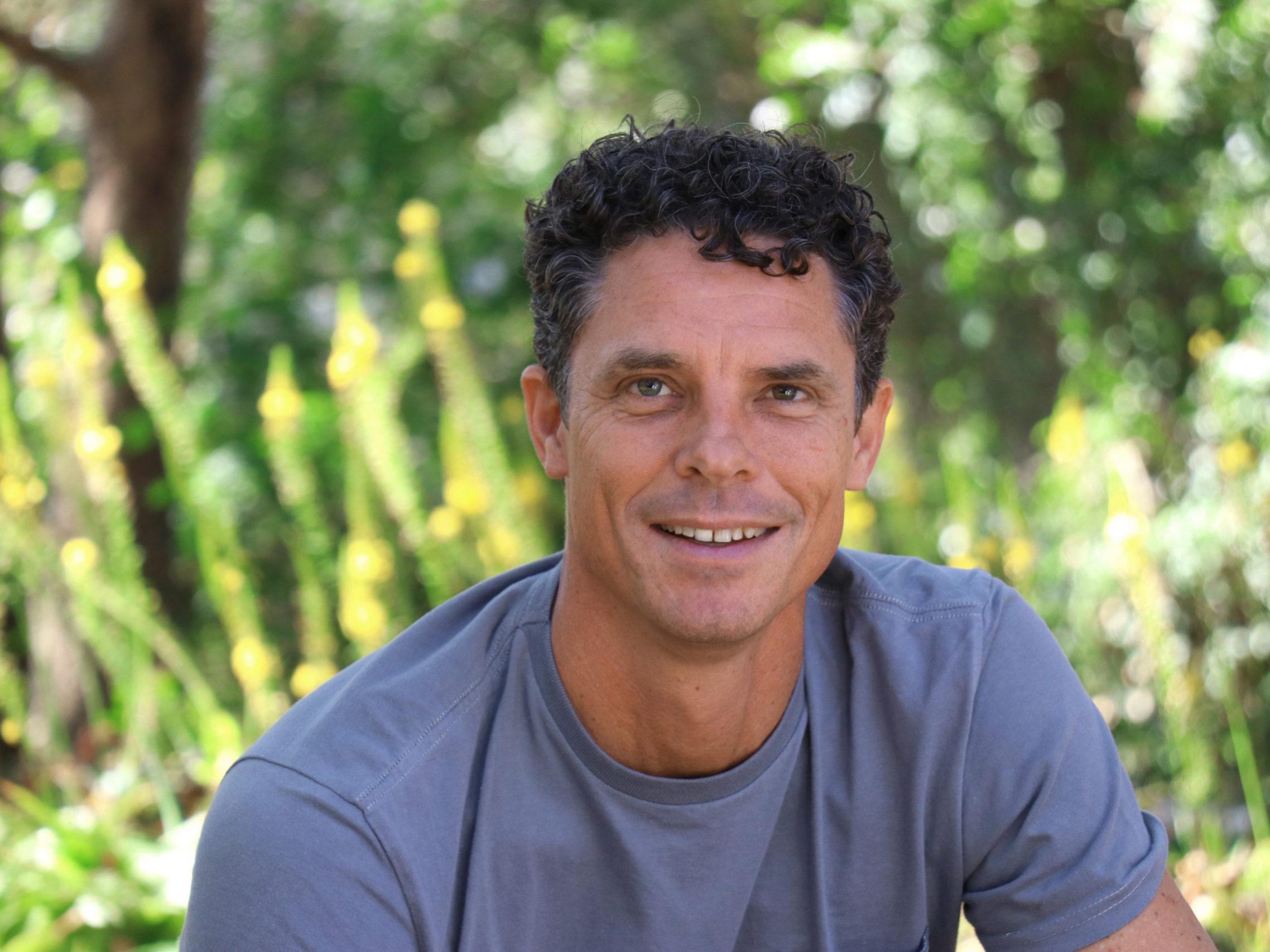HOW DID YOU BECOME INTERESTED IN THE MICROBIOME?
When I was younger, I thought that chemistry could solve almost any problem. As my understanding of the biological world expanded, I became less certain. I started to realise that applying simple chemicals to very complex ecosystems often led to unintended consequences. DDT is a good example … we used it to control mosquitos and it worked well, but the effect of the chemical on the rest of the ecosystem was not acceptable and we ended up hurting ourselves as well. When the first findings of the Human Microbiome Project came out, I understood that every person is a walking ecosystem of human and microbial cells. That was when I started to apply new lines of thinking to skincare products. Single chemicals are risky, so we focused our research on shifting the ecosystem to support diversity.
HOW HAS THE DEVELOPMENT BEEN OF PREBIOTIC SKINCARE?
The best way to manipulate an ecosystem is to alter the primary food source. If you offer freely available energy (like glucose or sucrose) then opportunistic organisms will dominate but if the energy is more difficult to access, organisms will have to build partnerships to survive for long enough to use the energy. I often use the analogy that organisms will respond to the environment a little bit like humans change their behaviour when there is free cash flying in the street. Free energy causes bad behaviour and partnerships go out the window. Initially, our research looked at carbohydrate-based prebiotics but now we focus on lipid-based versions for skin. The primary nutrient source for the skin microbiome is sebum.
WHAT ARE THE ADVANTAGES OF USING PROBIOTIC SKINCARE?
Probiotics are a low risk but effective option for manipulating the skin microbiome. We favour using live probiotics that can form colonies. The strains that are used make a big difference to efficacy and safety.
CAN YOU DESCRIBE THE FUNCTION OF SEBUM TO OUR MICROBIOME?
In my view, human sebum is the perfect prebiotic for the human skin microbiome. It is very high in energy, but that energy is only available to tightly co-evolved microbial species that are necessary for optimal skin health. As a matter of fact, some of the fatty acids in our natural skin oil are toxic to pathogenic microbes.
WHAT IS THE BIGGEST THREAT TO OUR MICROBIOME ON THE SKIN?
As usual, human arrogance is the biggest threat to a diverse ecosystem. We believe that we can do better than nature. Twice a day, we use foaming products to wash away our natural skin oil and the microbes that it supports. Then we try to replace the oil with petrochemicals. It shouldn’t be surprising that sensitive skin is now so common. We have impacted on the skin’s ecosystem in much the same way as we have damaged ecosystems all over the planet.
HOW DOES THE COLLABORATION BETWEEN THE SKIN AND THE GUT LOOK LIKE?
The gut is home to the largest number of microbes in the body. These microbes have an influence on the immune system throughout the body. If there is dysbiosis in the gut then the immune system will be hyperactive and the result may well be sensitive skin.





